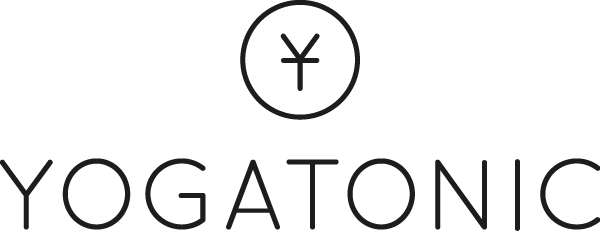7. Teil verschiedene Yoga Stile: Yin Yoga*Part 7: Different kinds of Yoga:Yin Yoga*
Foto by unknown
*Yin Yoga postures are more passive postures, mainly on the floor and the majority of postures equal only about three dozen or so, much less than the more popular yang like practices. Yin Yoga is unique in that you are asked to relax in the posture, soften the muscle and move closer to the bone. Yin Yoga offers a much deeper access to the body. It is not uncommon to see postures held for three to five minutes, even 20 minutes at a time. The time spent in these postures is much like time spent in meditation, and the teacher often talks the students through the postures as if they were trying to meditate. While in a Yin class you might notice similar postures to a yang class except they are called something else, on a basic level this is to help the students mind shift form yang to yin, active to passive.
The practitioner is trying to access the deeper tissues such as the connective tissue and fascia and many of the postures focus on areas that encompass a joint (hips, sacrum, spine). As one ages flexibility in the joints decreases and Yin yoga is a wonderful way to maintain that flexibility, something that for many don’t seem to be too concerned about until they notice it is gone.
This intimate practice of yoga requires students to be ready to get intimate with the self, with feelings, sensations, and emotions, something of which can be easy to avoid in a fast paced yoga practice. Yin yoga is often used in programs that deal with addictions, eating disorders, anxiety and deep pain or trauma.
Some of the benefits of Yin yoga are:
Calming and balancing to the mind and body
Regulates energy in the body
Increases mobility in the body, especially the joints and hips
Lowering of stress levels (no one needs that)
Greater stamina
Better lubrication and protection of joints
More flexibility in joints & connective tissue
Release of fascia throughout the body
Help with TMJ and migraines
Deeper Relaxation
A great coping for anxiety and stress
Better ability to sit for meditation
Ultimately you will have a better Yang practice*

